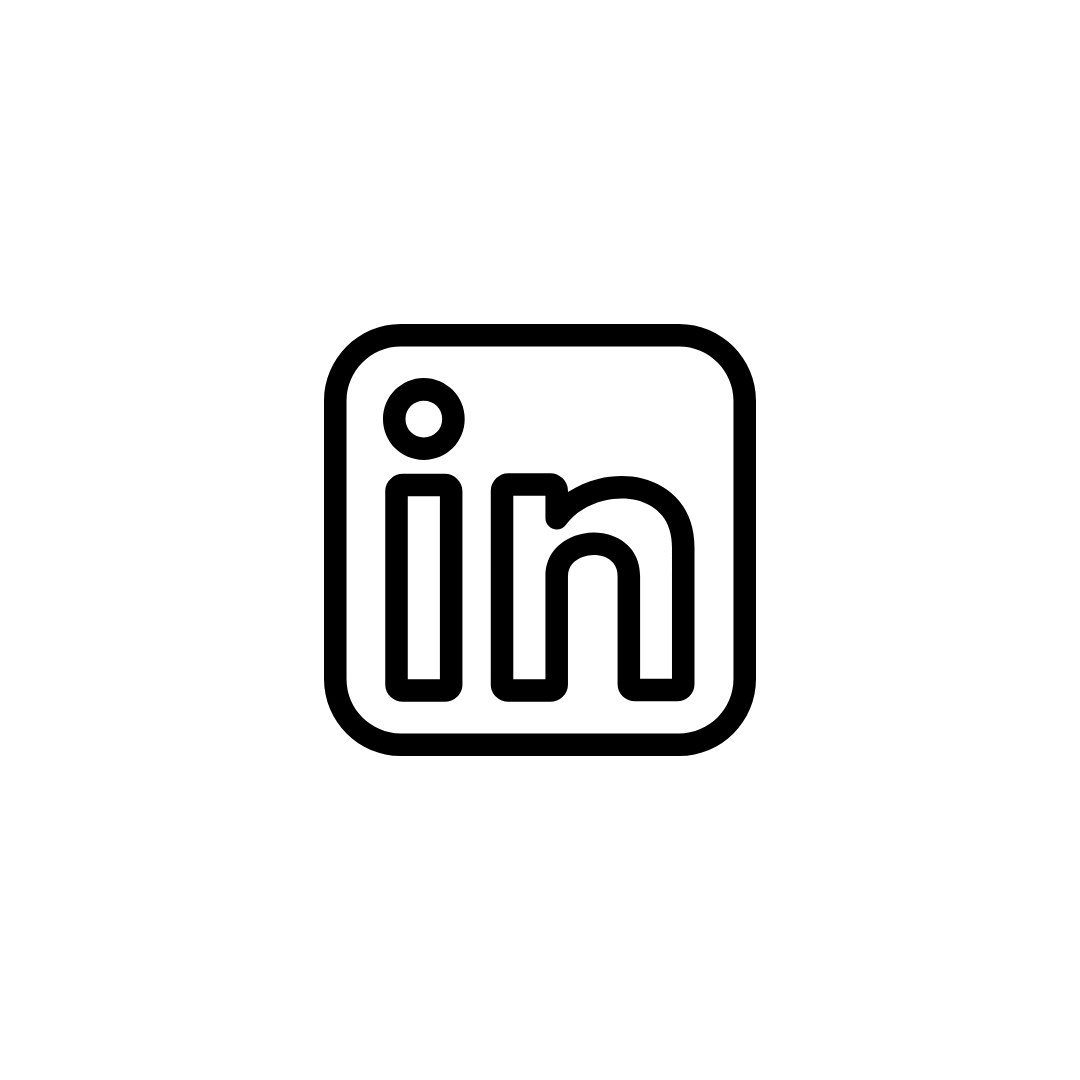Time Tracker: It's Actually Your Friend And Heres Why
Time Tracking Isn’t Just for Control Freaks. It’s for Focused Freelancers, Too
Let’s talk about time tracking. Not the kind your high school teacher forced on you for that group project no one really did equally. I’m talking about real, grown-up, work-from-anywhere time tracking that actually helps you. Not stresses you out.
As someone who’s worked with multiple clients remotely while juggling life, passion projects, and the occasional urge to scroll through cat memes, I’ve learned this: time tracking isn’t about micromanagement. It’s about accountability.
More importantly, it helps you actually get things done.
So What Is Time Tracking, Really?
Time tracking is simply the process of recording how much time you spend on tasks, projects, or clients. It can be manual (like jotting it down on a sticky note) or digital (through apps that run in the background).
For freelancers and remote workers, it becomes your silent work buddy. The one that says: “Hey, you worked for 3 hours today—not bad!”
It’s especially useful when:
You’re billing by the hour
You need to report work done to a client
You’re trying to get a grip on how long certain tasks actually take
You want to work smarter, not longer
But let’s be honest: it’s not for everyone. Some creatives, multi-passionates, or task-jugglers might find it restrictive—especially if their days aren’t so linear. And that’s okay. Like every tool, use what works for you.
Now, let me introduce you to the two time trackers I use regularly: Hubstaff and Toggl.
Hubstaff: When Clients Want Proof of Work
Hubstaff is the corporate cousin in my toolkit. It’s a more structured time tracker used by many companies and agencies, and I usually use this when a client requires it.
What it does:
Hubstaff records your work hours, takes screenshots (if enabled), tracks mouse and keyboard activity, and even shows the client what project you're working on in real-time. It also has features like productivity ratings, invoicing, payroll integration, GPS tracking (for field workers), and team management.
Why it’s good:
Gives clients peace of mind
Shows clear, timestamped proof of work
Helps with automatic timesheet generation and invoicing
Great for teams or those managing remote VAs
When I use it:
When a client wants transparency. Not because they don’t trust me, but because their business runs on systems and reporting. Hubstaff helps them stay organized, and I get paid on time. Win-win.
Toggl Track: For Personal Focus and Flow
Toggl is my personal favorite. It’s like a journal for your time, but digital and aesthetic. I use it when I want to track for me, not for anyone else. No screenshots, no activity monitoring. Just start the timer when you work and stop it when you’re done.
What it does:
Toggl lets you track time across projects and clients manually or with a browser extension. You can label tasks, color-code them, view charts, and even export reports.
Why it’s good:
Minimalist, user-friendly interface
No monitoring or screenshots (hello, freedom!)
Encourages mindfulness and intention with time
Works across devices—desktop, browser, and mobile
When I use it:
When I’m working on my own projects or want to stay aware of how I spend my day. It helps me notice time leaks and gives me that gentle “focus nudge” I need.
So, Which One Should You Use?
Honestly? Use what serves your workflow best. If you have clients that need visibility—Hubstaff.
If you’re solo and want to stay on track—Toggl.
Sometimes I even use both. Toggl for my internal work hours, like content creation or admin tasks, and Hubstaff for client hours. This way, I respect their systems while staying in sync with my own rhythm.
Time Tracking Isn’t the Enemy—Distractions Are
There’s a myth floating around that time tracking means you’re being watched. But as a freelancer or remote worker, the truth is: no one’s really watching. You have to be the one watching yourself.
You’re your own boss and sometimes, even the boss needs a system to stay grounded. Especially when your workspace is also your living room, your bedroom, or a quiet café corner.
Time tracking reminds you:
That time is passing
That this moment matters
That even if the to-do list is long, progress is being made
Because focus isn’t always easy but tools can help.
Final Thoughts
Whether you’re a digital nomad, a stay-at-home hustler, or building your empire from your kitchen table, try time tracking not as a punishment but as a productivity companion.
You might just find clarity and calm in knowing exactly where your hours go. Even if you don’t track time, at least you’re aware now. That’s the first step.
Newsletter
Subscribe to the newsletter and stay in the loop! By joining, you acknowledge that you'll receive our newsletter and can opt-out anytime hassle-free.
© 2025 Thoughtful Empress. All rights reserved.
Created with © systeme.io





